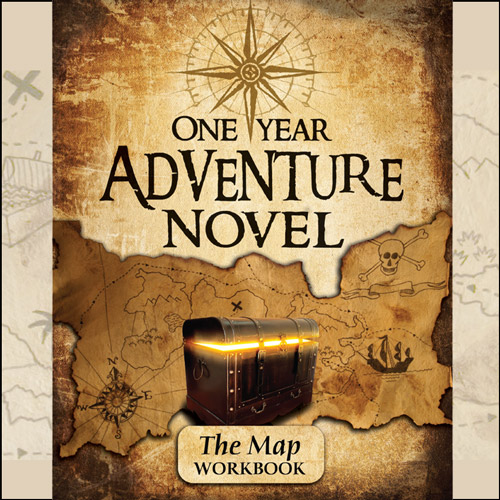How to Write Description
Daniel Schwabauer
A student recently asked me how a writer decides what to describe and what to ignore when writing fiction. Do I mention the trees? The buildings? The people? Do I describe them in detail, or just give each a few words. How much is too much?
The simple answer may be found in the cliché, “Less is more.” But sometimes less isn’t more. We do need some description. If you applied the less-is-more rule to every novel, we wouldn’t have novels at all. We’d have loads of short stories.
As readers we experience the world of a writer’s story through the senses of the hero. This is particularly true in OYAN novels, which are told in first person. We see, hear, feel, taste and touch the story through the hero’s eyes, ears, fingers, tongue, nose. (And brain, of course). But too much information will bog a story down.
The best way to learn how much is too much is by writing. In other words, practice describing things and see what happens. But this isn’t all that helpful, which is why we spend two weeks studying description (chapters 41–45 in The Compass).
Remember that the goal of every story is to create emotion, and second-hand physical sensations—ones you experience through someone else—rarely evoke strong emotions. Yes, roller-coasters are fun. But how fun is hearing about someone who went on a roller-coaster? Exponentially less—except perhaps for those of us with weak stomachs.
A writer must therefore create emotion by giving his audience meaningful details. Details that point to something inside the reader that will trigger emotion. This is hard to do by merely describing rocks and buildings and variously purple bits of sky. It is true that we need to be able to see and hear and feel a story in order to be immersed in the reality of its world. But good storytelling description usually immerses us only in those details that are necessary to move the story and create the intended emotions.
Good writers often hint at things and rely on a reader’s imagination to fill in the blanks. A very strong technique for doing this is to think in terms of precise and unexpected details. Both, not either or. In other words, don’t be vague unless your story calls for vagueness. And don’t be predictable in your descriptions. Don’t describe things in a way that requires no insight. Don’t tell us something that we could have figured out for ourselves, like “the driver sat behind the steering wheel.” Instead, focus the lens of your description on details that are interesting enough to hold our attention and force us to visualize the scene in a fresh way we would not have imagined ourselves.
Finally, action is almost always more interesting than description, which is why it can be effective to mix descriptions in with the action of your story.



